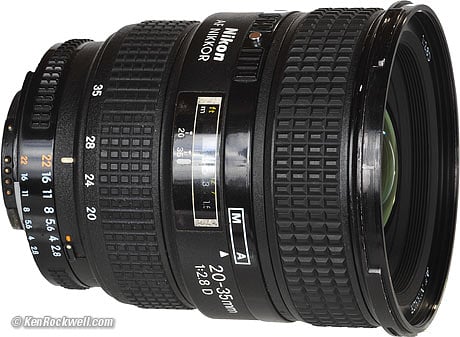

This means that if you buy a 35mm full frame lens, on a Nikon crop sensor your actual focal length will be 35*1.5 (Nikon crop factor), that would be 52mm. In this article where I’ve talked about why a crop sensor isn’t bad, I’ve explained how a crop sensor has a different actual focal length from a full-frame sensor camera. Small Caution When Using an FX Lens on a DX Body Of course, this won’t be of much use if you don’t have the skills to show for it, so, always be working on improving your photography.

The net quality of your photos will increase just because you have a better lens. You’ll have sharper, better-looking images. The FX lens is more robust, has higher quality materials, higher quality glass that lets light get better onto the sensor and, if it is the case, better mechanisms (such as Auto-Focus or Vibration Reduction). I gave the example in another article between a Nikon 35mm DX lens and a Nikon 35mm FX lens and the 300$ price difference hits at a difference in quality. The truth is that FX lenses are made better than the ones for crop sensor cameras. Using FX Lens on a DX Body Will Help You Get Better Photos Here’s a list I’ve made with 3 Nikon FX lenses that will work on your DX camera. From a marketing perspective, this is a smart move on their side. They are made to be compatible with each other.

You can use a DX lens on an FX body and vice versa. If the lens is for the same brand, let’s say, Nikon, their lenses are interchangeable. Why using an FX lens on a DX camera works Using an FX lens on a DX body is a great way to improve the quality of your photos and even save some money in the long term. Will FX Lenses Work on DX Cameras? The short answer is: yes.


 0 kommentar(er)
0 kommentar(er)
